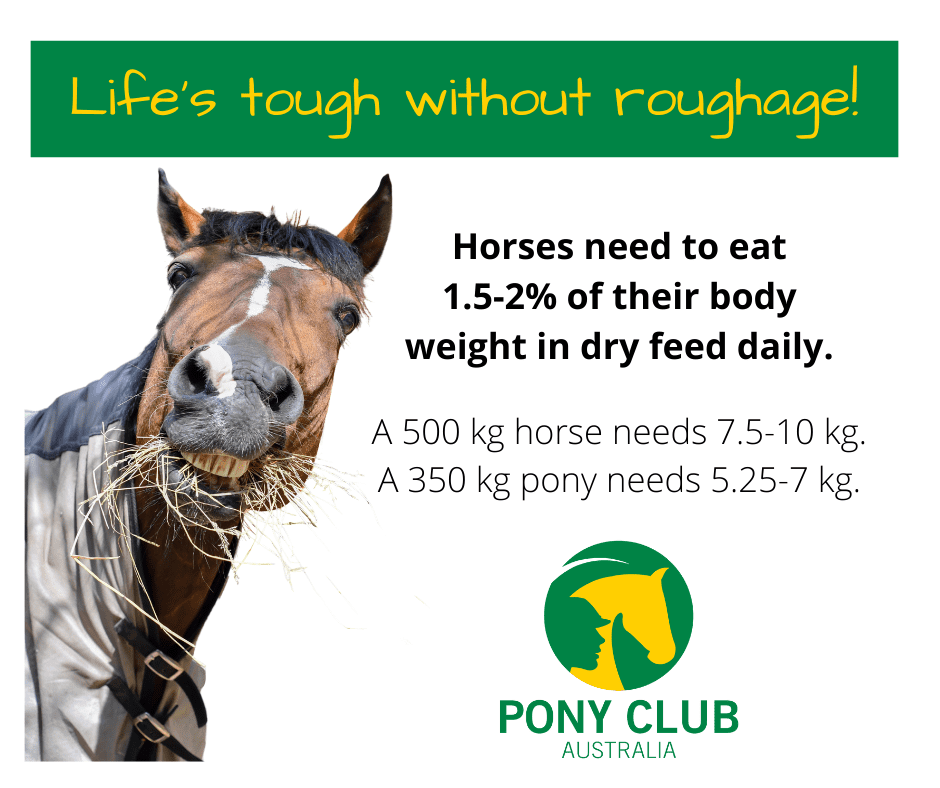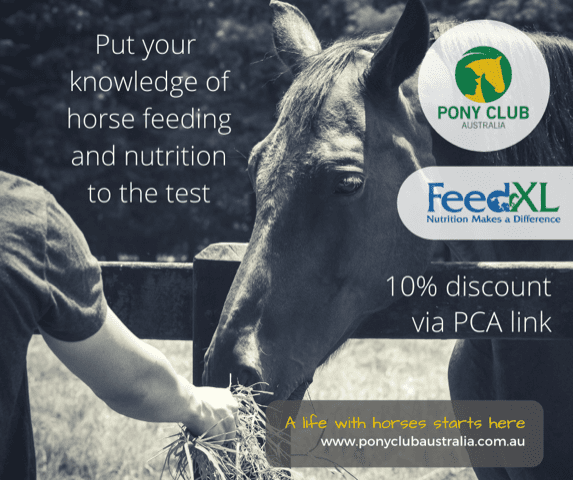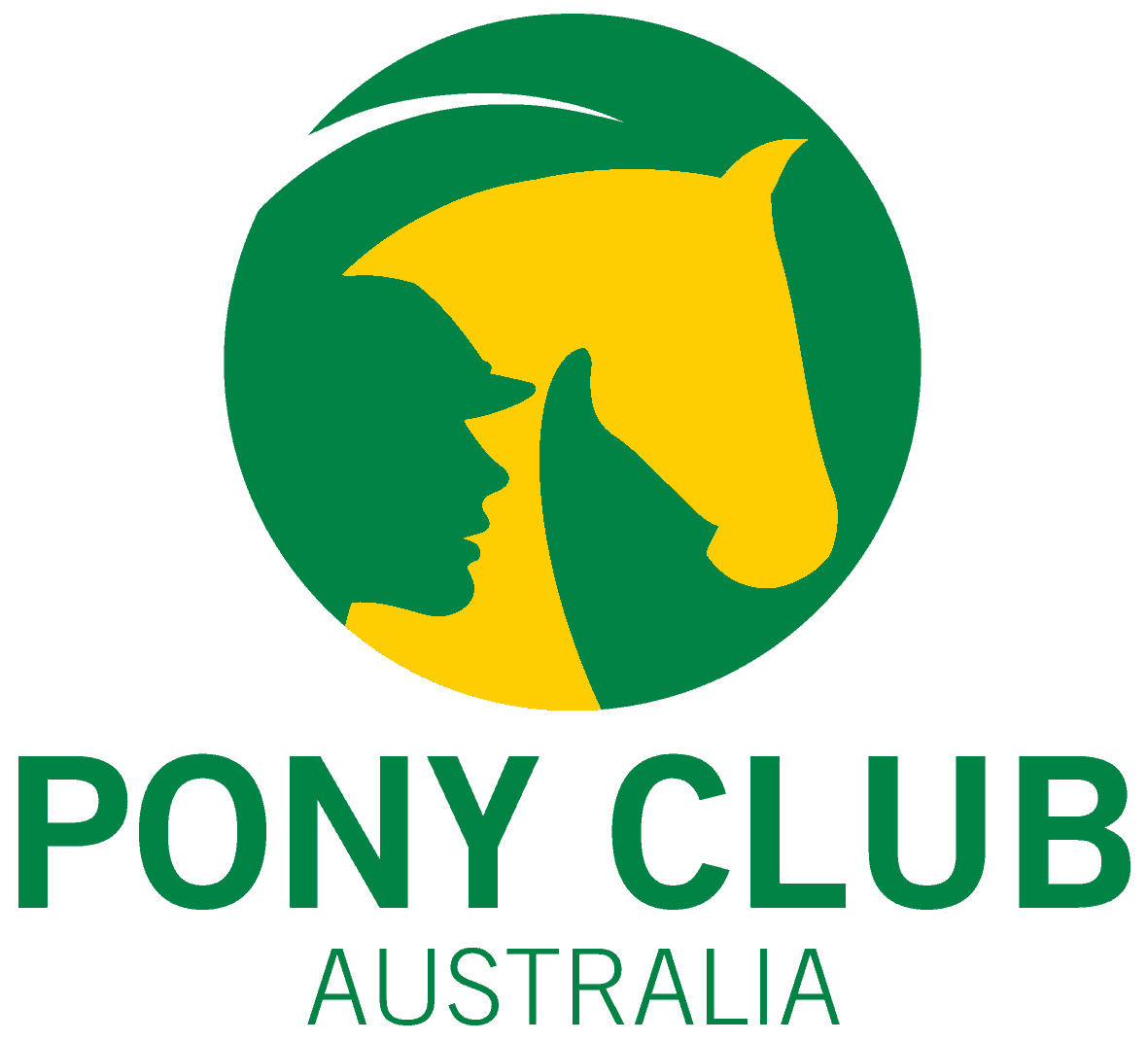With so many different feeds and supplements available, endless offerings of advice, experience, wisdom and opinion – not to mention the steady stream of offerings on the internet – what’s best to feed your horse can become really confusing! So, it’s really important to take a step back and think about what’s natural – for a horse.
There are a few ‘rules of thumb’ that can keep it simple – and help you to keep your horse stronger, healthier – and reduce the risk of diet or feeding-related veterinary problems.
Seven simple rules when feeding all horses (and ponies!) are:
- Give your horse 24/7 access to roughage/forage (hay, chaff, pasture (although pasture access may need to be restricted in horses and ponies that are too forward in condition)
- Avoid high starch/sugar feeds
- Good quality protein
- Feed oil
- Feed Vitamin E
- Feed Biotin
- Know supplements can cause problems
Why high roughage, low-starch, quality protein, oil-enriched, vitamin E, biotin and reducing multiple supplements are important:
1. Roughage – it is good for the horses’ mental health to be able to chew whenever they like, keeps the gut bugs happy and healthy AND reduces stomach ulcers. Stomach ulcers can affect any horse at any age. Spending just six hours with no roughage/forage to chew increases the risk of ulcers four-fold. Medications can help ulcers heal – but they can also reduce calcium absorption from the gut. Making sure your horse always has some hay/chaff/pasture goes a long way towards healing and preventing ulcers.

2. Starchy-sugary feeds aren’t good for horses (or us!) – They make us both ‘fat’ – but for horses they also increase the risk for stomach ulcers, acidosis, colic, diarrhoea, hoof problems and laminitis. They also produce swings in blood sugar levels and gut pain from acid = performance problems and ‘hot’ behaviour.
Always check the label as most pelleted and extruded feeds include bran, pollard and millrun, which are all HIGH in starch and sugar.
3. Good quality protein – Regardless of whether you ride for pleasure, Pony Club, trail riding, dressage, jumping, cross-country or sporting, protein is essential for hoof, tendon, ligament, muscle and bone strength and stamina – when the body is strong it is less likely to get injured during exercise. Lucerne, soy meal and whey protein are all ‘good quality’ because they provide the protein for muscle, tendon and bone building – and reduce the amount of fat in the body. If you need more topline or stamina use protein in the diet.
4. Feed oils – especially linseed and canola (high on omega 3). Adding oil to the diet is helpful for coat and skin health, arthritis, behaviour, temperament and tying up. And,oils are great for maintaining body condition in horses that lose appetite when under the stress of training, competition and travelling. It takes 2-3 months for the horse’s gut and muscle to adapt to the oil, so start gradually around 50ml per day and slowly increase over several weeks.
Oils can also have a calming effect on excitable horses – reactions to loud noise and ‘shying’ are less in horses that are fed oil.
So, which oils to choose? The natural, grazing, browsing horse has a diet based largely on grass and browsing forage. These contain omega 3 oils – whereas corn, sunflower, safflower, soy and rice bran oil are mainly Omega 6 oils and these tend to aggravate inflammation. Oils with a high level of Omega 3 can help reduce inflammation. Oils with higher concentrations of omega 3 fatty acids include linseed, flaxseed, olive and fish oil. Find out more about feeding oils here.
5. Feed biotin – Although the healthy horse gut synthesizes most B-vitamins – including biotin – stress, travelling, competition and stabling can reduce production of biotin. Hooves and feet of many horses benefit from biotin with zinc and methionine that together promote hoof wall growth and integrity.
6. Supplements can cause clinical and sub-clinical problems. These can’t be seen but do impact on health and performance). Many supplements contain multiple nutrients. 60-77% of horse owners in Australia feed up to five (and sometimes 10!) supplements. When using supplements make sure you check the label and be aware of the dangers of feeding multiple supplements.
When feeding several supplements the risk of overlap of nutrients is high and many horses are being fed in excess of dietary requirements – and some excesses approach toxic levels.
With feeding, it’s the total daily intake that’s important, so take care with supplements that the total intake is not excessive. Read more about the effects of over supplementation here.

An analysis of the diet is usually the best and easiest way to find out the total daily intake of each nutrient. Diet analysis helps you keep it simple and make sure the basic diet is balanced and healthy. It will also let you know if supplements are required – and which ones. Pony Club Australia members can save 10% on the FeedXL online system for analysing your current and hypothetical diets, so you can make sure all your horses are being met – not over or under-dosed.
More information on equine nutrition is available at www.jenquine.com
Meet the author and PCA’s resident equine nutritionist
Dr Jennifer Helen Stewart
BVSc BSc PhD Dip BEP MRCVS
Equine Veterinarian and Consultant Nutritionist – CEO Jenquine

Dr Jennifer Stewart is an equine veterinarian with over thirty five years’ experience. She is also a consultant nutritionist and has formulated feeds, custom mixes and supplements for leading international horse feed manufacturers in Australia, India, Ireland, Japan, New Zealand, Philippines, South Africa, Thailand, Turkey and the UAE. Dr Stewart is passionate about equine nutrition and its role in the management, treatment and prevention of many equine diseases. She is committed to bringing ‘science to the feed bin’.
Dr Stewart graduated BSc (vet) and BVSc at the University of Sydney. Her research thesis was “Resistance of Equine Strongyles to Benzimidazole Anthelmintics” and her PhD “Studies on Heart and Lung Function in Foals”. She worked at the Universities of North Carolina, Michigan and Florida USA in equine medicine, antibiotics and exercise physiology. Following this was a time spent in Newmarket and Cambridge England, in stud and race track research and practice, before establishing an exclusively equine practice on the Central Coast of NSW Australia. She has been an official veterinarian for the Australian Jockey Club for over 20 years, was one of the team of equine veterinarians for the Sydney 2000 Olympic Games and consultant nutritionist for Mitavite for 10 years.
 Dr Stewart has spent over twenty five years working on collaborative research projects into gastrointestinal and exercise physiology with major Universities; lecturing and supervising university and TAFE students; consulting to veterinary practices, trainers, pony clubs, owners, equestrian centres and studs; speaking at seminars in Australia, Middle East, South Africa, Philippines, SE Asia, Hong Kong, Japan, Turkey, India and New Zealand, and writing regularly for equine industry magazines. This experience in research, equine medicine and veterinary practice has given Dr Stewart a deep understanding of the complexities of equine health and performance; growth and development of young horses, and feeding practices for the management and prevention of diseases.
Dr Stewart has spent over twenty five years working on collaborative research projects into gastrointestinal and exercise physiology with major Universities; lecturing and supervising university and TAFE students; consulting to veterinary practices, trainers, pony clubs, owners, equestrian centres and studs; speaking at seminars in Australia, Middle East, South Africa, Philippines, SE Asia, Hong Kong, Japan, Turkey, India and New Zealand, and writing regularly for equine industry magazines. This experience in research, equine medicine and veterinary practice has given Dr Stewart a deep understanding of the complexities of equine health and performance; growth and development of young horses, and feeding practices for the management and prevention of diseases.
Watch Dr Stewart talk about her first love of horses and why she chose to become a vet in this short clip. Pony Club Australia is grateful for Dr Stewart preparing this laminitis article for our Horse Resource page. Please browse her other articles, blog and resources at Jenquine.
